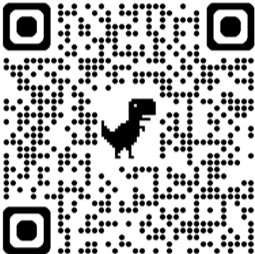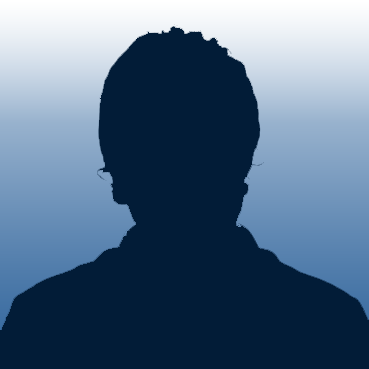Axial Skeleton
Figure out the bones of the Axial Skeleton
Create multiple-choice games on Wisc-Online and play them on our Chakalaka mobile app!
But that's not all! Explore educational games created by others. Simply search by category or enter agame code number and dive into a world of learning and fun.
Download the Chakalaka mobile app here:

Topics of this game:
- The bones directly posterior to the frontal bone and is the most superior bone of the cranium.
- Most posterior bone of the cranium. Bone at the back of the skull sitting at the base.
- Lidocaine is often injected close to this hole to provide local anesthesia to the forehead
- This structure contains the eyeball
- This facial bone, together with the ethmoid, forms the nasal septum.
- This facial bone is commonly known as the "upper jaw bone."
- This facial bone is commonly known as the "lower jaw bone."
- These structures help separate the nasal cavity into three compartments.
- This opening allows passage of several nerves and is in the bottom of the orbit.
- Orbital trauma can especially damage these nerves resulting in paralysis of eye movement. Top of the Orbit
- This opening receives the nerve for vision, which if damaged, results in blindness.
- This facial bone is commonly referred to as the "cheek bone."
- This structure connects the temporal and zygomatic bone.
- This indentation is part of the temporomandibular joint where the mandible rests on the maxilla
- You can palpate (feel) this structure just posterior to your ear. the back of your Jaw Bone
- What is the dividing line between the brain and spinal cord?
- This smooth structure along with the atlas (C1) allows you to nod your head "yes."
- C1 The first Vertebrae of the spine.
- This butterfly-shaped bone touches all other cranial bones. It is right behind the teeth in the inferior view.
- Name this bone that forms the anterior part of the roof of the mouth.
- Hole that holds the carotid artery, and is anterior to the jugular foramen.
- This large opening allows passage of several nerves and blood vessels posterior to the Carotid Canal.
- Nerves and blood vessels pass through this opening - note the shape of an oval
- This opening or fissure carries the nerve for hearing from the inner ear to the brain. Interior view
- The name for this suture means "flat." Separates the Temporal and Parietal Bones
- This hole ends at the tympanic membrane (eardrum).
- This PART of the bone contains teeth.
- The word for this structure means "chin hole." and is on the front of the Mandible on either side.
- The word for this structure means "resembling a crown." and is right behind the teeth on the mandible.
- This structure is used for gender identification of a skull.
- Inside the Orbit on the side of the Nose posterior to the Lacrimal Bone
- Inside the Orbit, on the side of the nose anterior to the Ethmoid bone
- This line runs in a frontal plane separating the Frontal bone from the parietal bones
- This line separates the skull into left and right sides.
- This line resembles the Greek letter "lambda." and separates the Parietal Bones and the Occipital Bone
- This edge of the Mandible connects with the teeth.
- Blood vessels and nerves for the inferior teeth pass through this hole.
- This U-shaped depression in the mandible allows blood vessels and nerves to pass.
- This smooth structure is part of the temporomandibular joint at the back of the mandible
- This hole helps to identify this as a cervical vertebra
- This structure projects laterally.
- This is a unique structure to help identify this particular vertebra as C2 or Axis. It is in the middle
- This is the most dorsal part of the vertebra that you can feel when you feel your "spine"
- This structure is sometimes removed when pressure needs to be relieved on the spinal cord.
- This vertically-oriented hole contains the spinal cord
- This is the location for the new technique called balloon kyphoplasty. Main part of the vertebrae
- This horizontally oriented hole between two vertebrae contains the spinal nerve.
- This structure is composed of fibrocartilage between two vertebrae
- Only free floating bone in the body, above the sternum, usually broken when being choked
- 5 Fused vertebrae
- 3-5 Fused vertebrae at the base of the spine
User comments are currently unavailable. We apologize for the inconvenience and are working to restore this feature as soon as possible.

